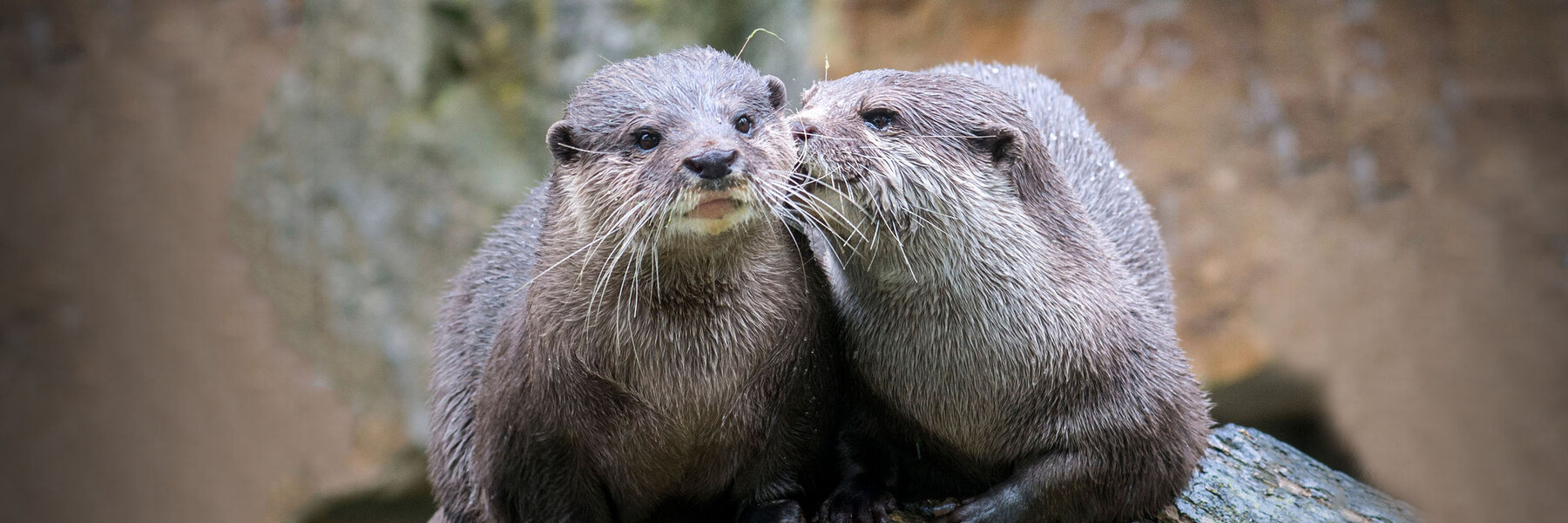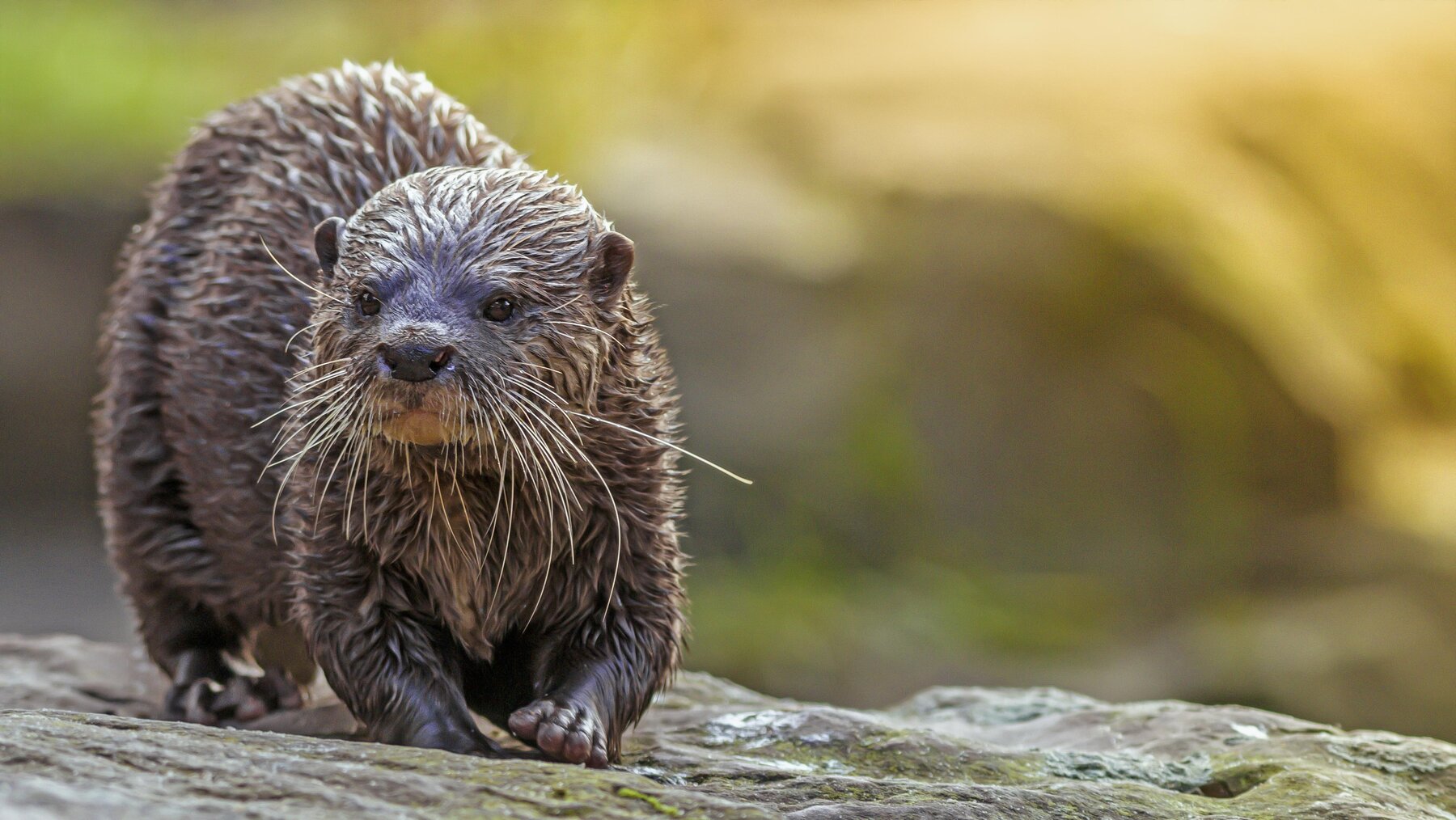
Oriental Small-Clawed Otter
Aonyx cinerea
Characteristics
- Origin
India, southern China, Malay Peninsula, Borneo, Java, southern Philippines
- Habitat
rivers, estuaries and sea coasts
- Diet
Oriental small-clawed otters eat fish, molluscs, crabs, worms and other invertebrates.
- Status
vulnerable, population is declining
- Size
Body length: 45-60 cm; tail length: 25-35 cm
- Weight
3 to 6 kg
- Gestation period
60 to 63 days
- Achievable age
up to 10 years in the wild, up to 15 years in human care
Threat Categories of IUCN


Did you know that ...
...small-clawed otters are the smallest otter species in the world,
...their fur provides protection from the cold and wet,
...and small-clawed otter pairs form strong bonds?

